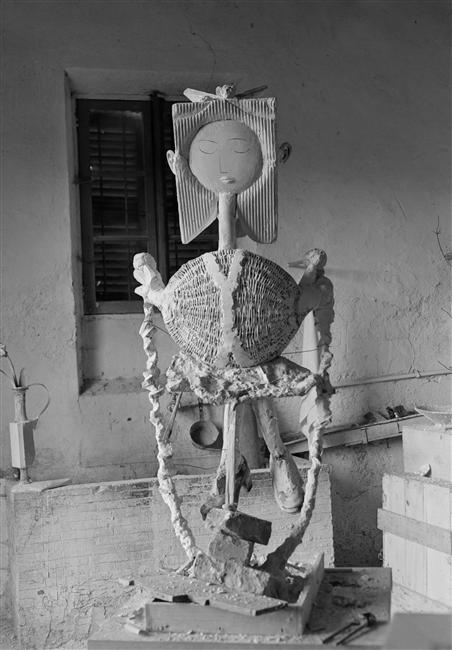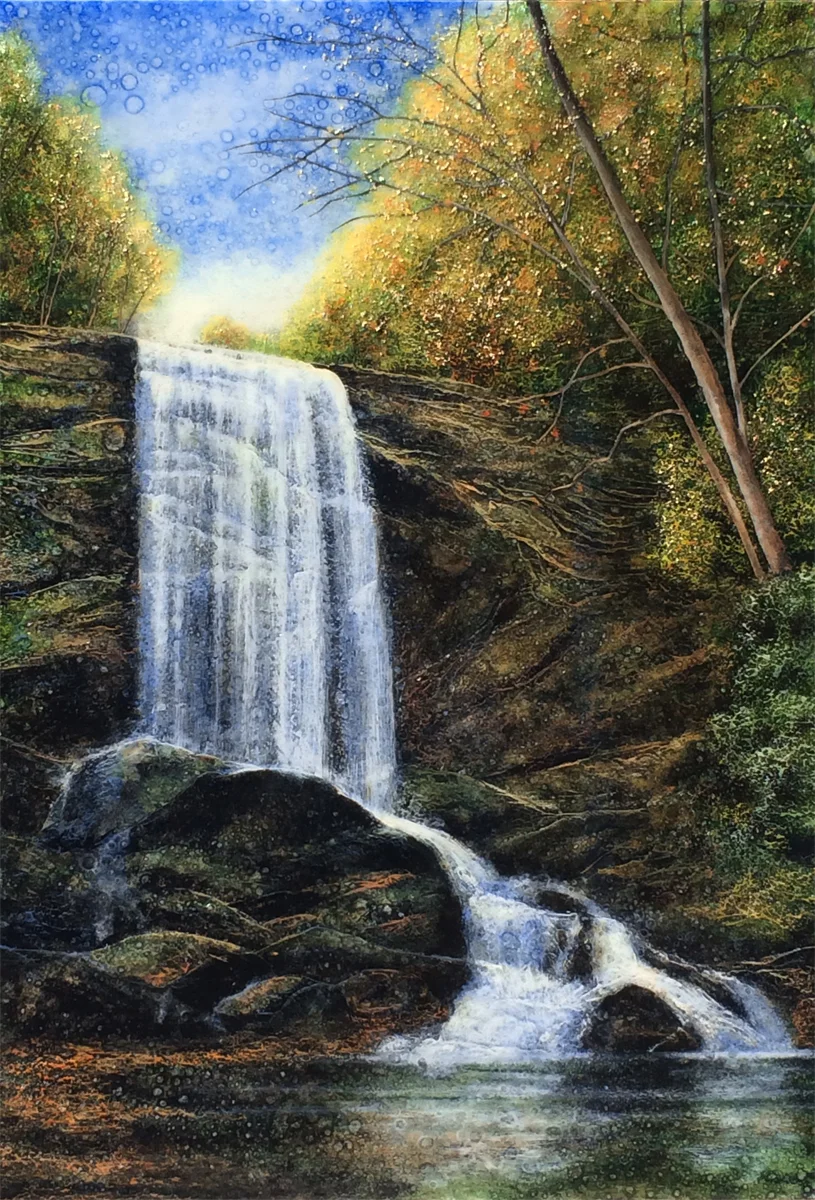So last week, as I said in an earlier entry, a husband and wife breezed through my Asheville art studio/gallery without saying a word to me and then left, sitting down on the chairs right outside my door (which was open -- with me working just inside said door). At that point, the man said (loud enough for me to hear) "well I know, but it's ridiculous! I wouldn't pay half what he's asking for that!"
To that man, I would like to say "thank you for your rudeness. You gave me something to write about in my blog!" Because of that encounter, I began thinking about how best to respond to critique and I am taking this platform to share my thoughts to anyone interested. I have already addressed what I call the "angsty" artist who doesn't care WHAT anyone thinks about their craft (whether it's painting, writing, music or whatever). They do not digest criticism because they immediately deflect it.
The other type of artist I know is not angsty at all. They are frightened and completely insecure, not wanting ANYONE to see their artwork. Putting their art out there for people to actually see absolutely terrifies them. I tried to teach art students who were the "terrified" type, but found them just as difficult to teach as the arrogant students who would not listen to my advice or instruction. I remember a young woman that was in the class I was teaching. She was working hard on a painting, but when I walked over to her desk to see how it was coming along, she swept it up and hid it from me. "Please don't look! It's a mess! Yours is so much better!" If you can relate to this woman, may I gently suggest that the "terrified" artist is not that much different from the "angsty" artist? See, neither the angsty or terrified person them allows any criticism or correction -- they just take different emotional roads to the very same end. Whichever side we fall on, we can be categorized as arrogant.
"Arrogant?" I hear the terrified artist type cry. "I'm not arrogant!" (The angsty artist doesn't see themselves as arrogant either.)
Well, follow me here. The angsty type doesn't listen to any criticism and neither do you. In my opinion, whichever side we fall on, we all think far too much of ourselves. The terrified artists (I was one of you at once point) think we have to be perfect at what we do and critique is crushing and to be avoided. The angsty artist thinks he's already perfect, and critique is pointless and unnecessary in his mind and is to be avoided. So what's the difference?
Both the angsty and terrified artist (or whatever) types need critique. We need to be okay with correction and advice. When I finish what I think was a great idea and no one pays any attention to it, I may have to conclude that the idea may be great to me, but if the people purchasing art do not agree, I won't be selling that piece. If this is repeated with all my work, then I'm out of a job.
A professional artist has to listen to critique and adjust sometimes. Hopefully as we mature, we begin to know the difference between a good critique and someone just being rude. I think we need to feel the freedom to toss what we think is bad advice. I also think we need to feel the freedom to accept advice with humility, and that's admittedly really hard to do sometimes.












